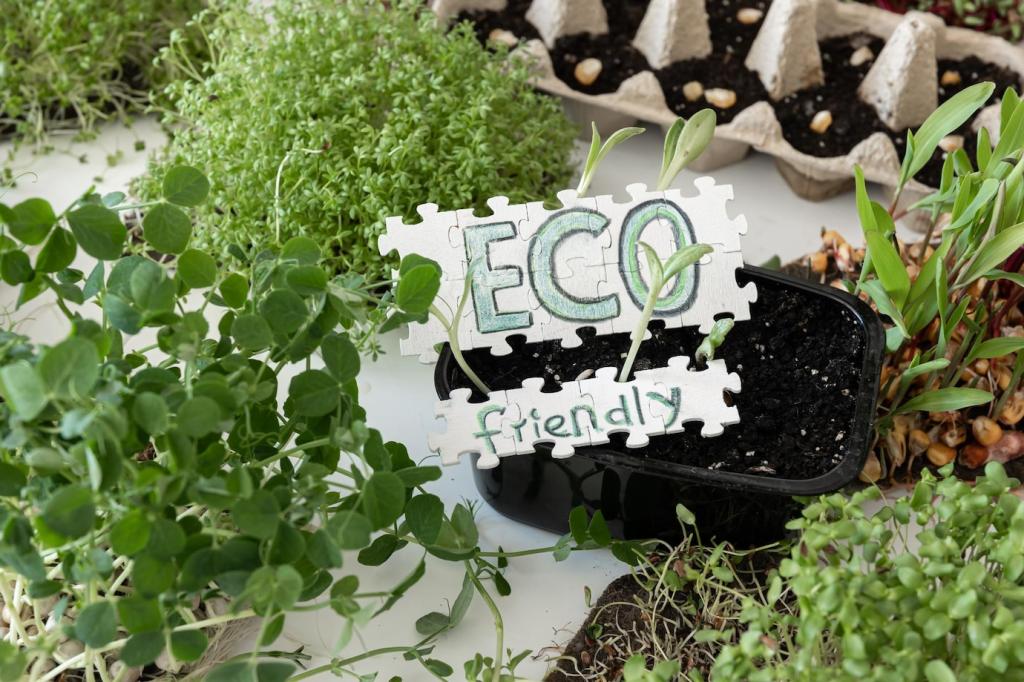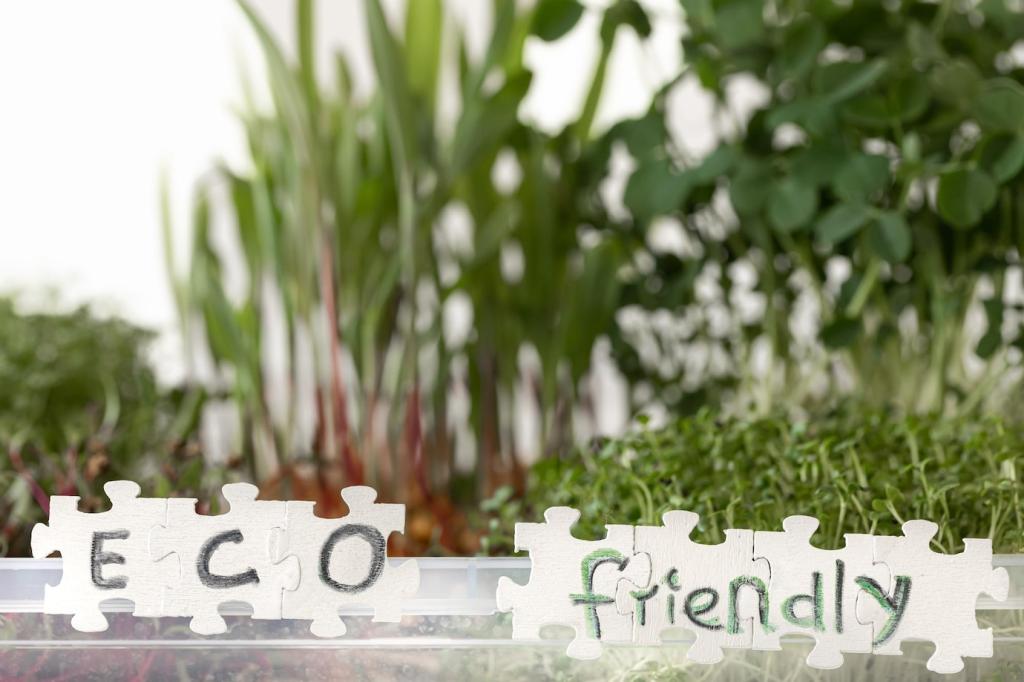Eco-Friendly Cleaning for Antique Pieces: Gentle Methods That Honor Time


This is the heading
Lorem ipsum dolor sit amet, consectetur adipiscing elit. Ut elit tellus, luctus nec ullamcorper mattis, pulvinar dapibus leo.

This is the heading
Lorem ipsum dolor sit amet, consectetur adipiscing elit. Ut elit tellus, luctus nec ullamcorper mattis, pulvinar dapibus leo.



Metals, Not Mirrored: Silver, Brass, and Bronze with Care
The baking soda and aluminum foil bath can reduce tarnish without scratching. Use warm water, brief soaks, and immediate rinsing. Reserve for uncoated silver, and test first—decorative oxidations are part of the design.

Wood and Veneer: Moisture-Light, Finish-Safe
Feather dusters redeposit particles; choose microfiber and soft brushes, moving with the grain. A HEPA vacuum with a brush attachment, held slightly off the surface, safely lifts dust from carvings and beaded edges.
Wood and Veneer: Moisture-Light, Finish-Safe
Roll cotton swabs lightly dampened with distilled water over fingerprints near handles. If the swab picks up color, stop immediately—your finish is soluble. Let dry thoroughly before any further steps.


Textiles and Paper: Feather-Light Touches
Vacuum Through a Screen
Lay a clean nylon screen over textiles and vacuum on the lowest suction to remove dust without lifting fibers. This gentle barrier method respects weak weaves and prevents accidental snagging during cleaning.
Washing Only When Safe
For sturdy, colorfast linens, a distilled water bath with a tiny amount of non-ionic soap may lift yellowing. Rinse thoroughly, dry flat on towels, and avoid heat or sun which can set stains and weaken fibers.
Support and Storage
Use acid-free tissue and archival boxes. For rolled maps or prints, choose tubes with neutral cores. Avoid essential oils and mothballs; opt for breathable cotton sacks and regular inspection to deter pests naturally.
